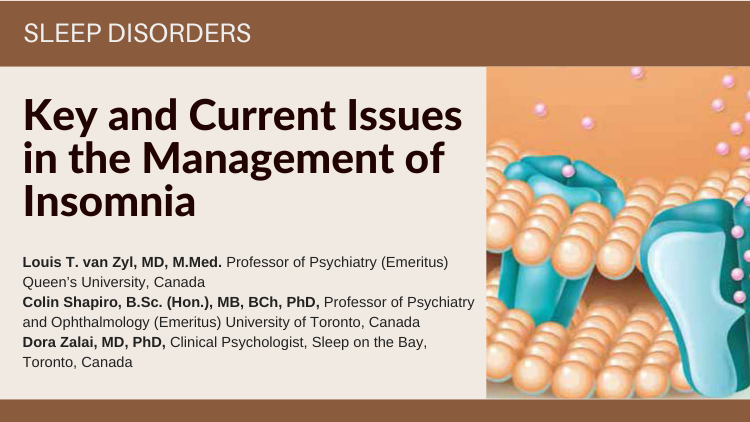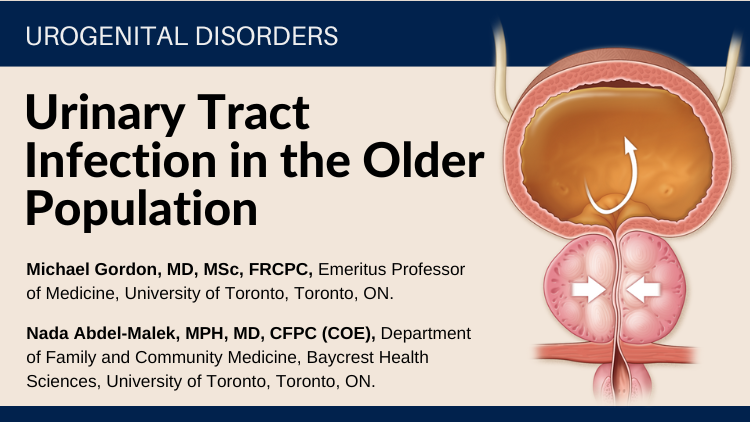Editor's Note, Volume 13 Issue 2
Editor's Note, Volume 13 Issue 2

D’Arcy Little, MD, CCFP, FCFP, FRCPC Medical Director, JCCC and HealthPlexus.NET
- Read more about Editor's Note, Volume 13 Issue 2
- Log in or register to post comments

D’Arcy Little, MD, CCFP, FCFP, FRCPC Medical Director, JCCC and HealthPlexus.NET



